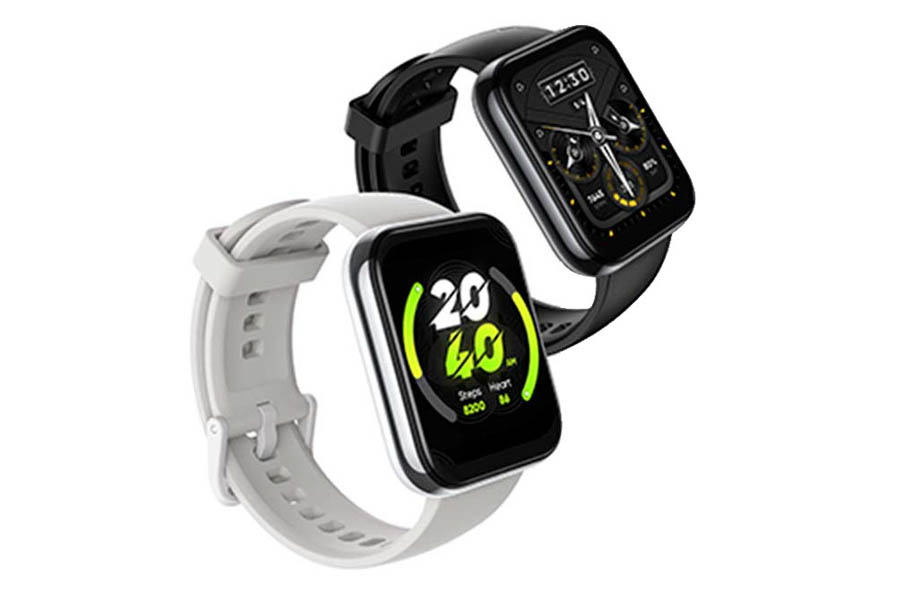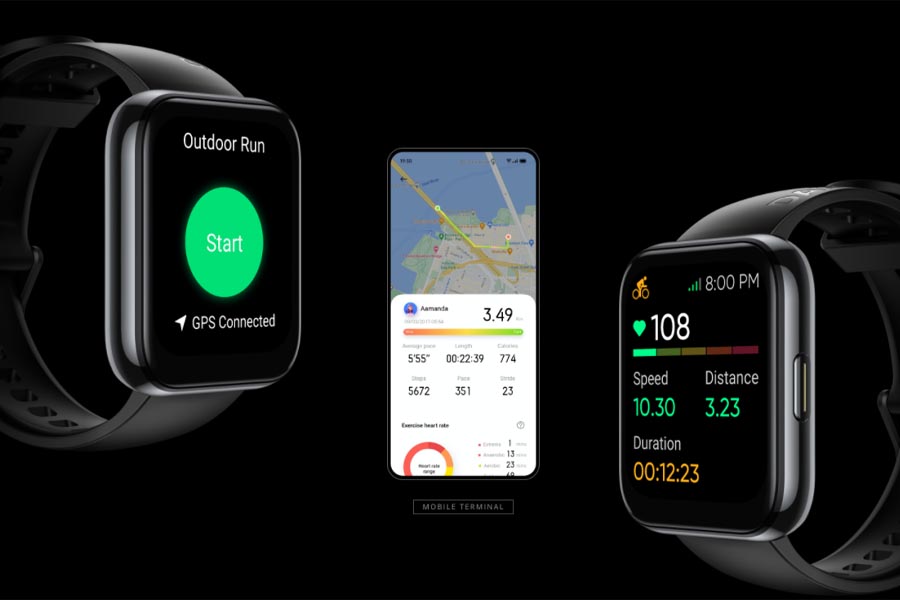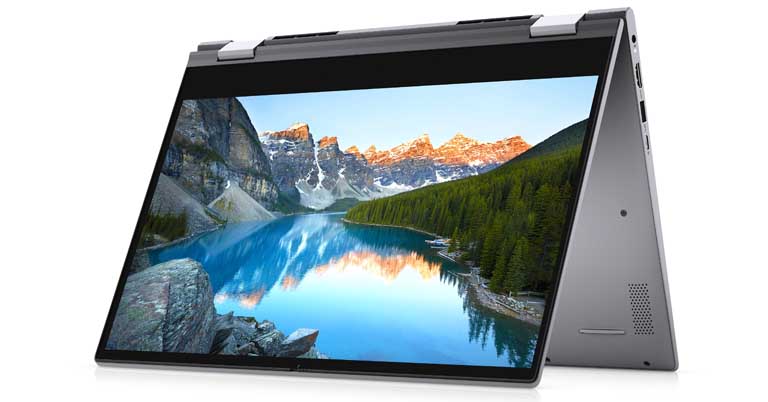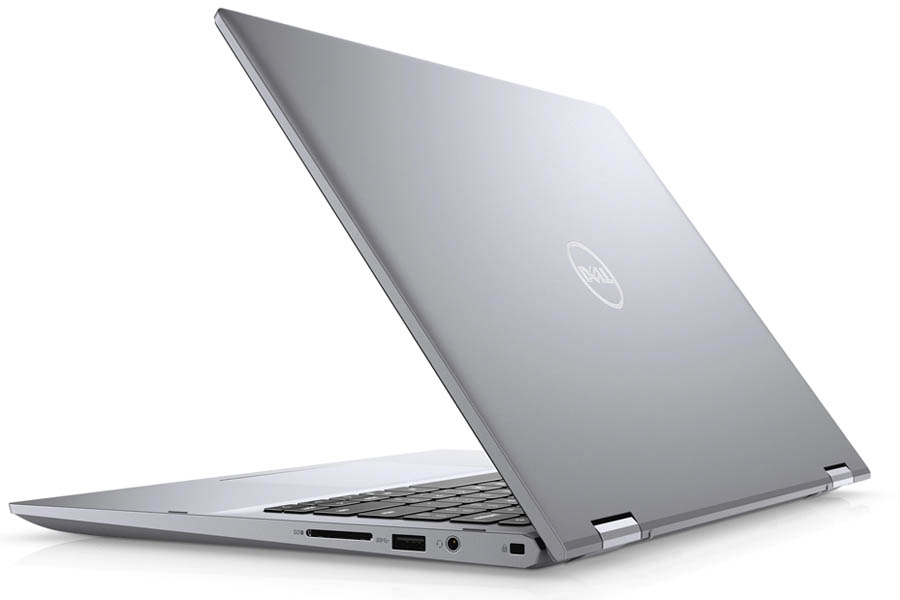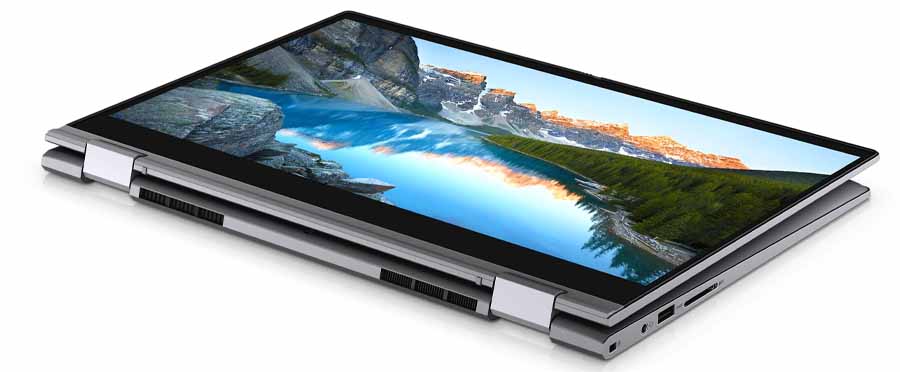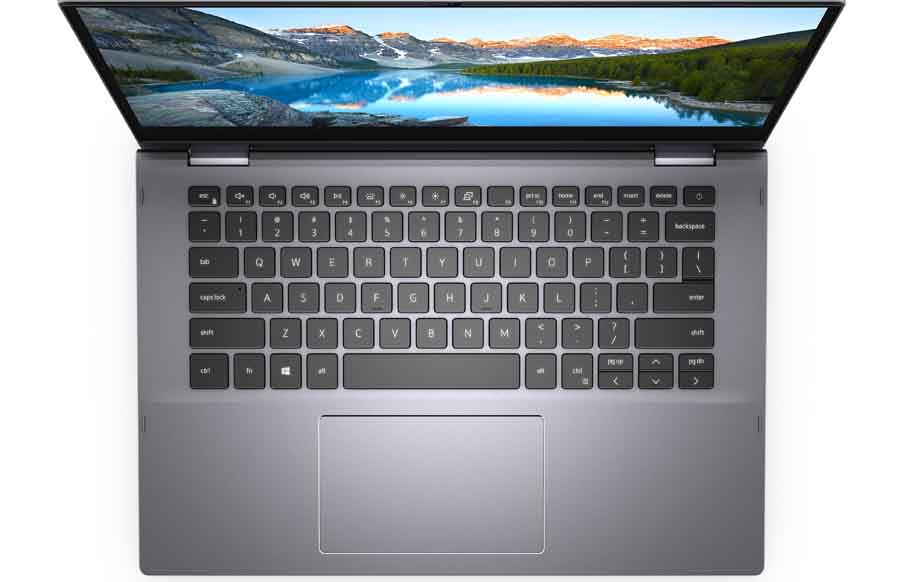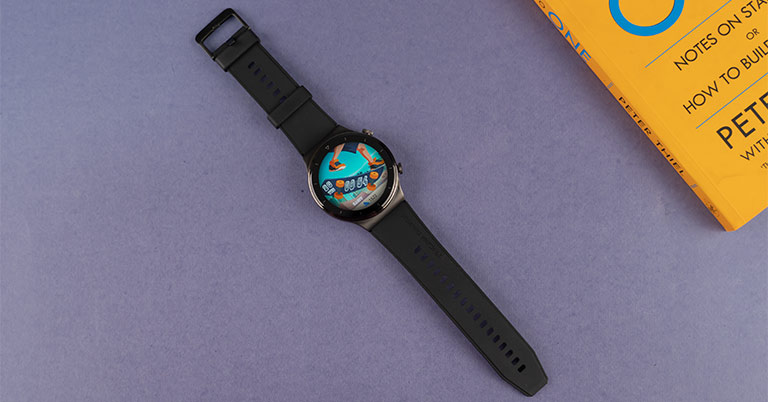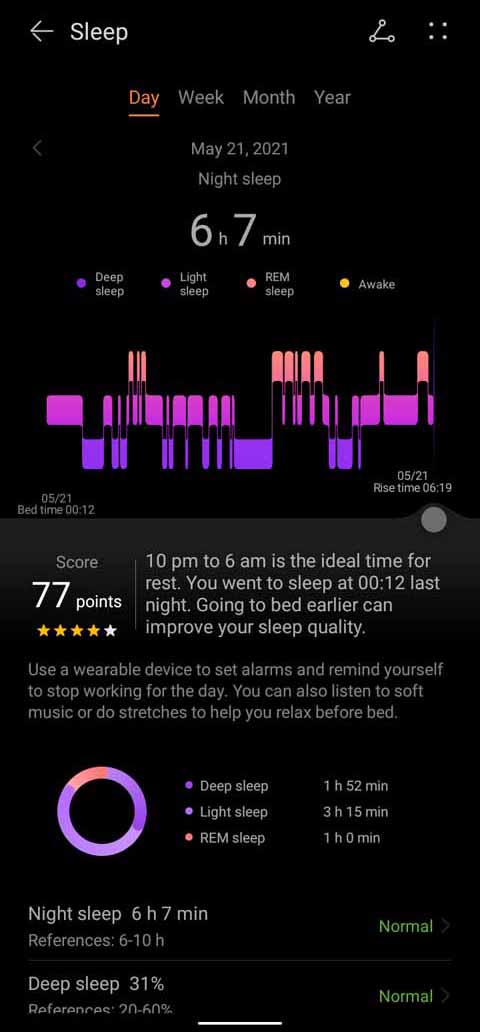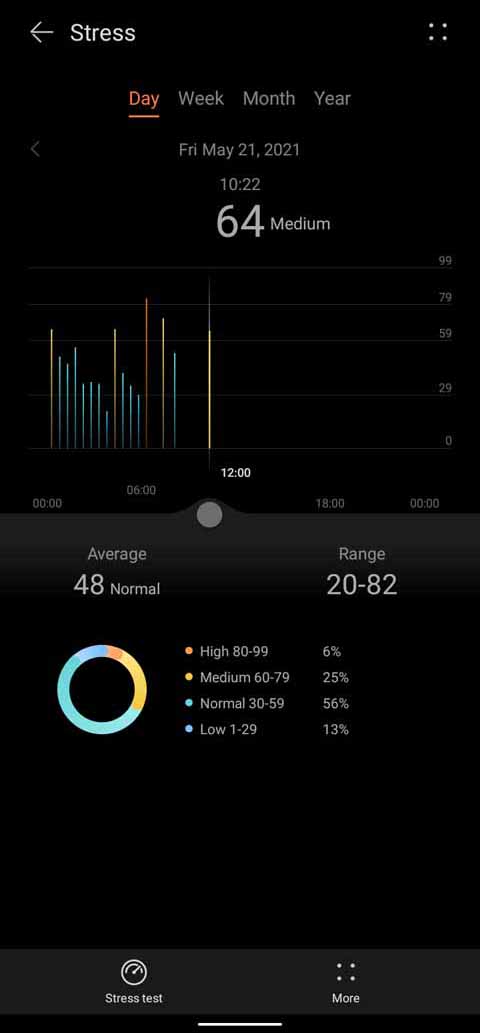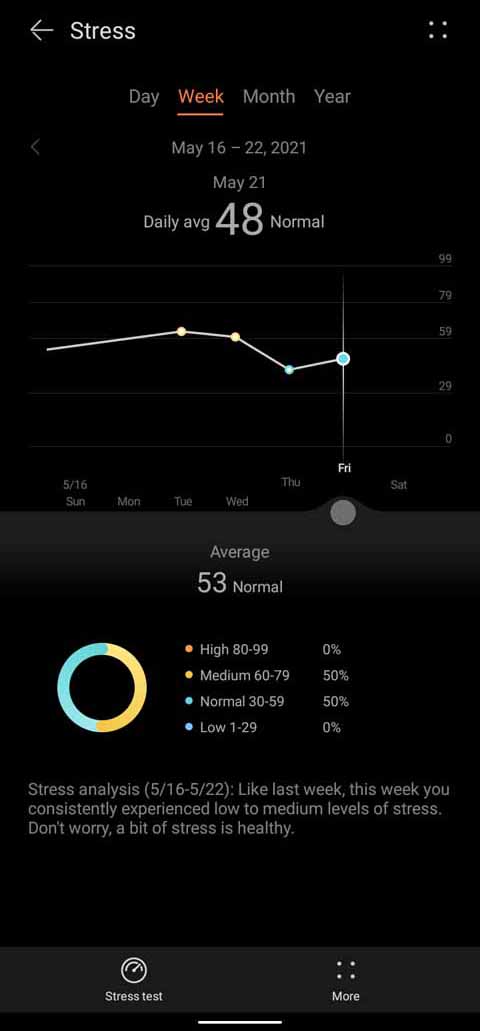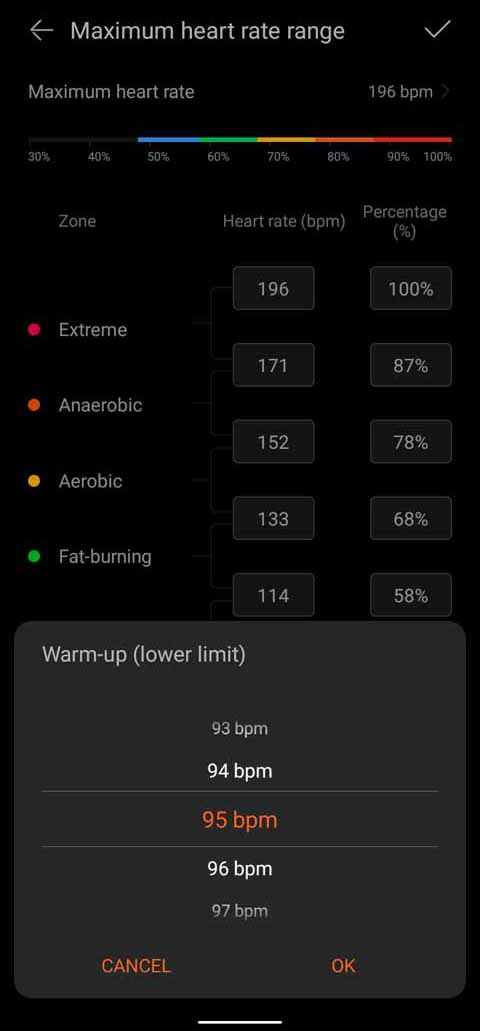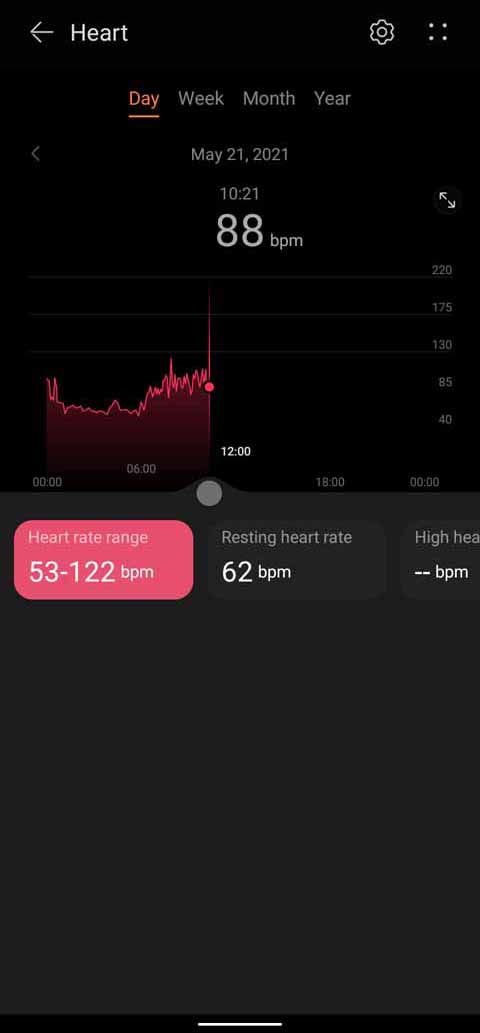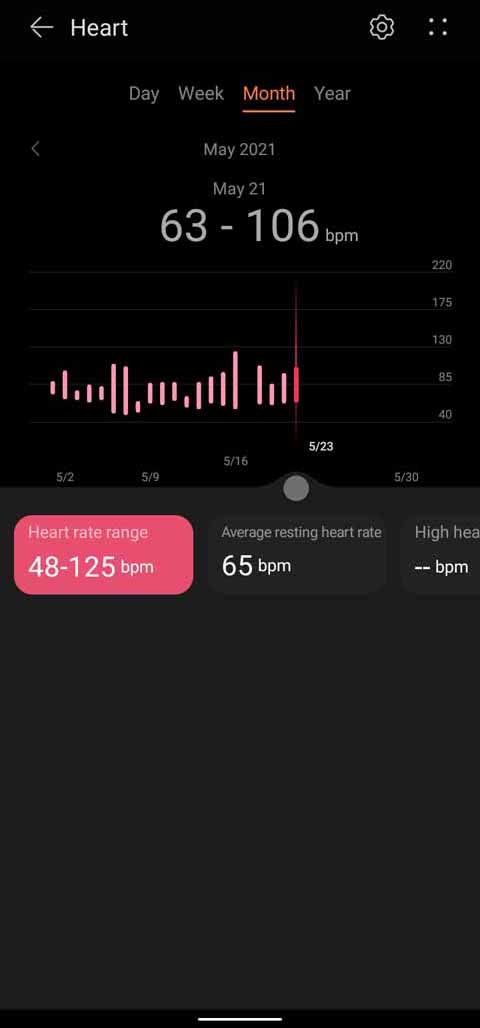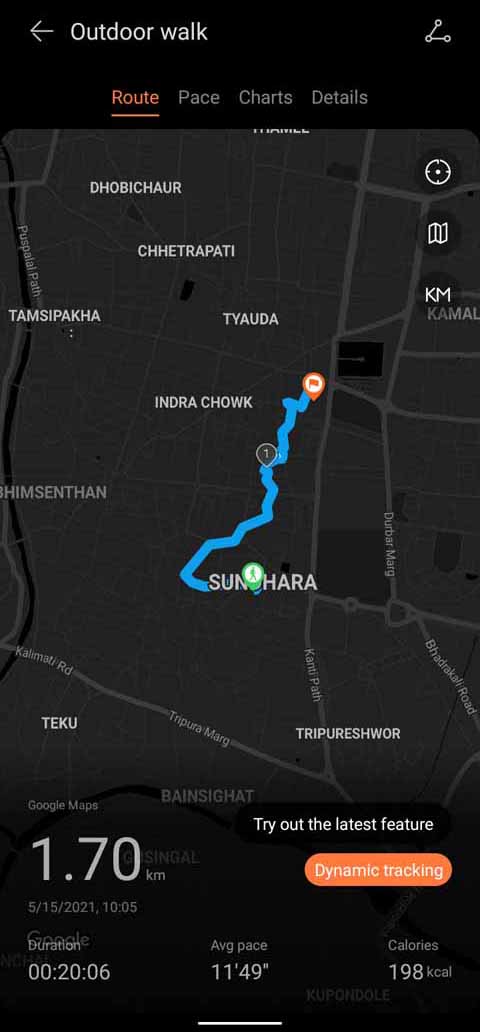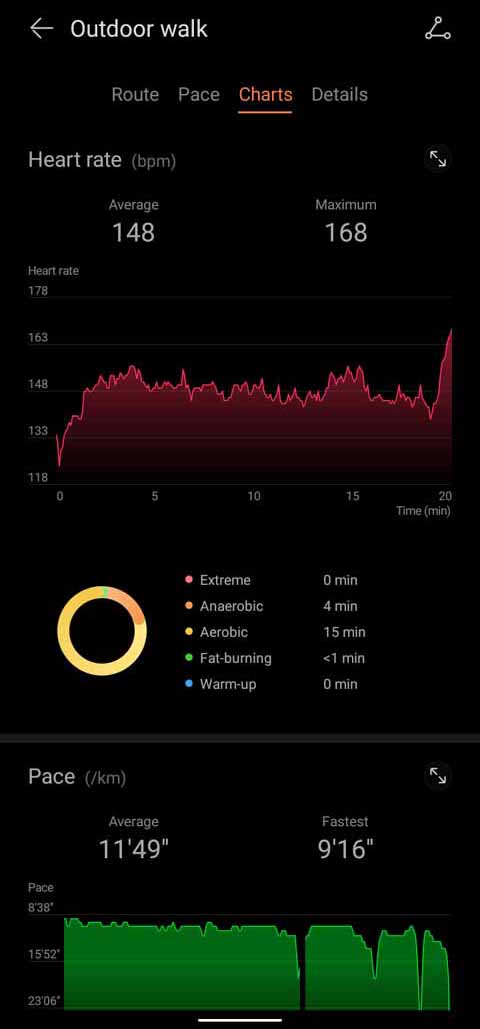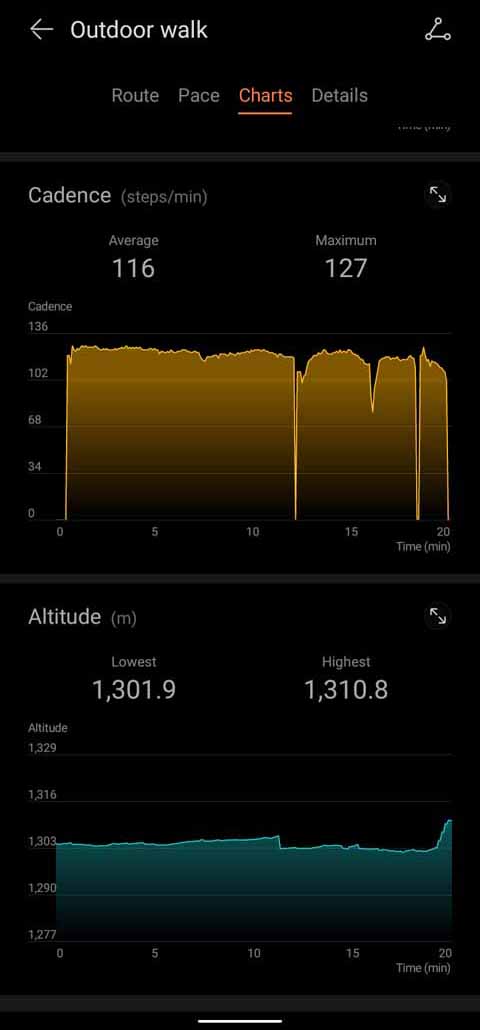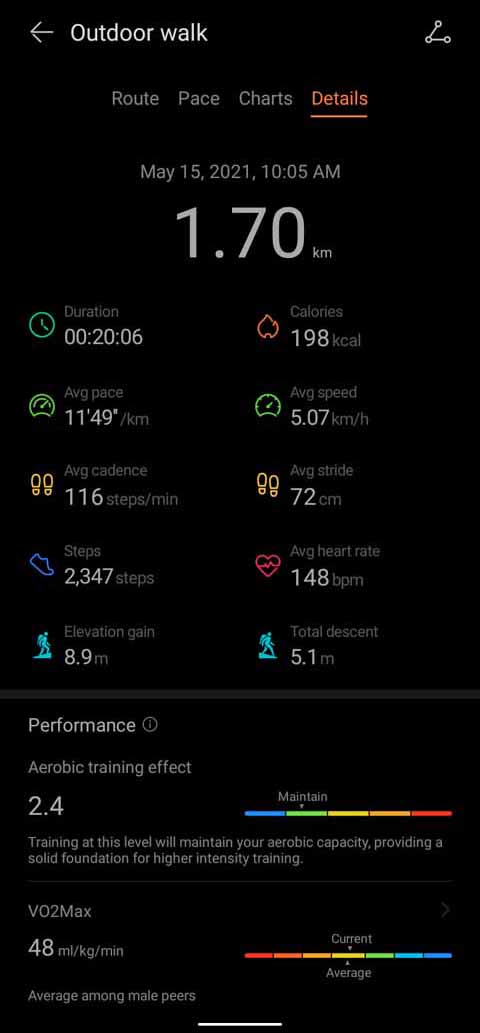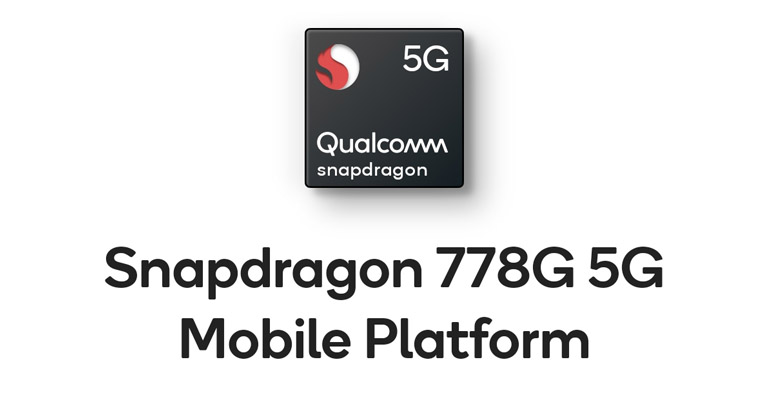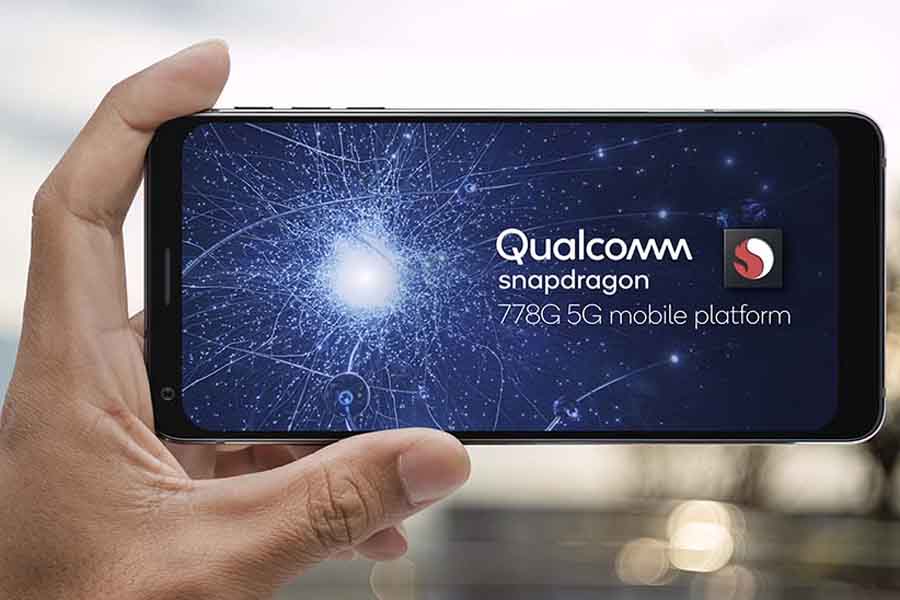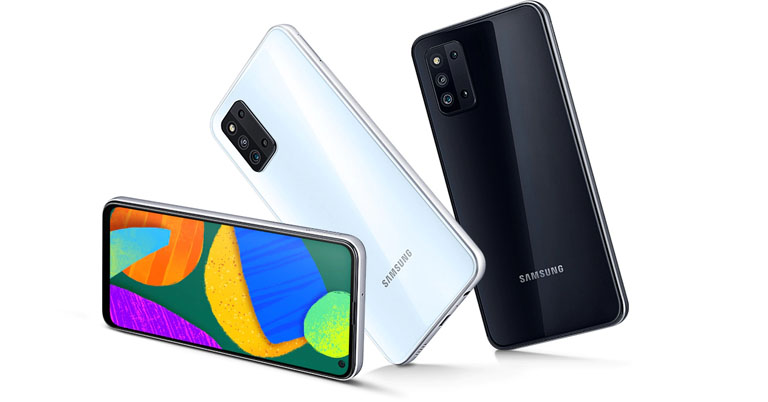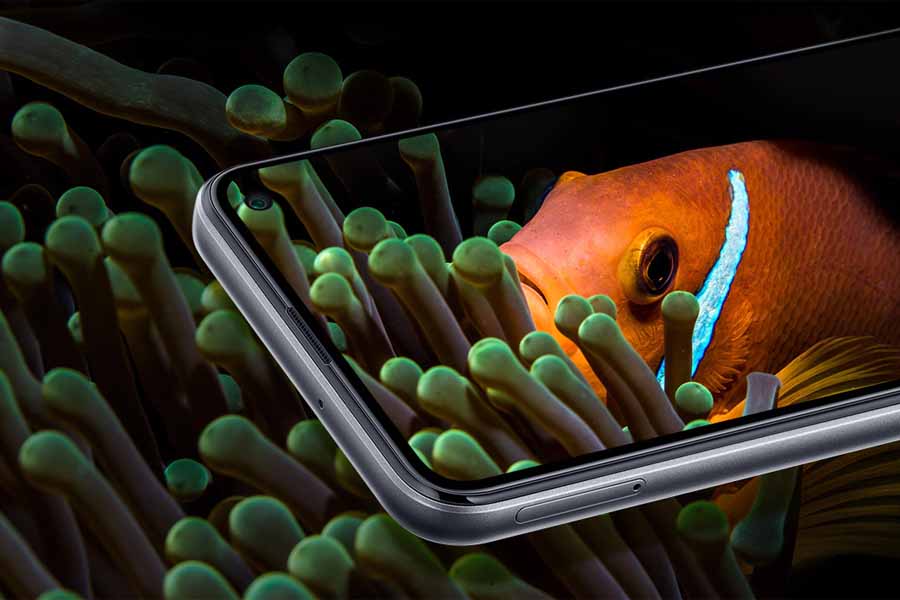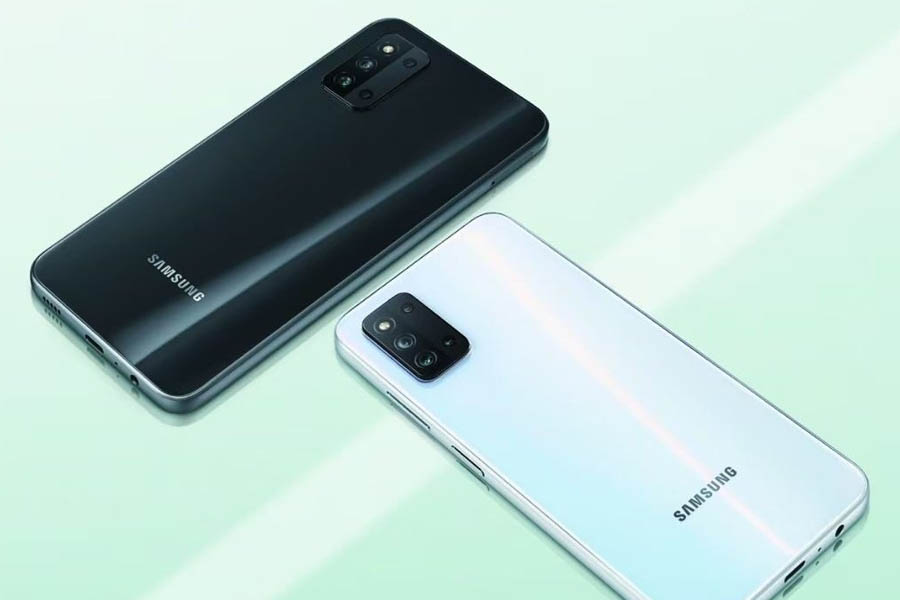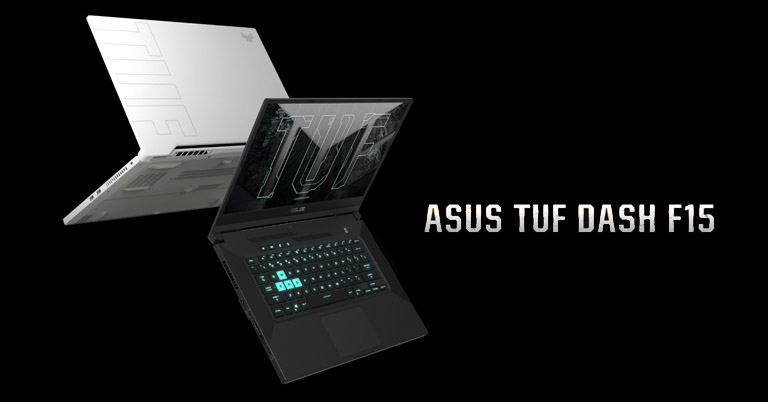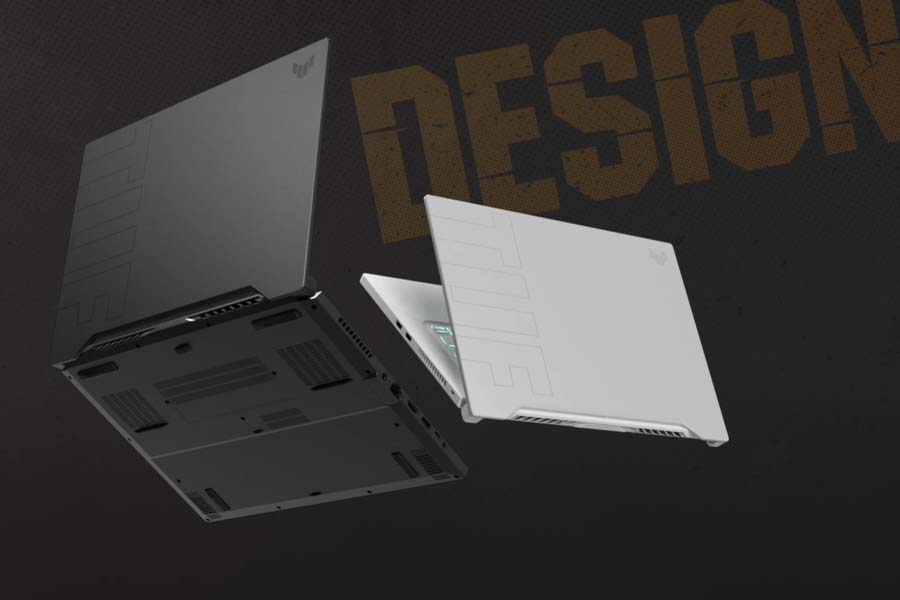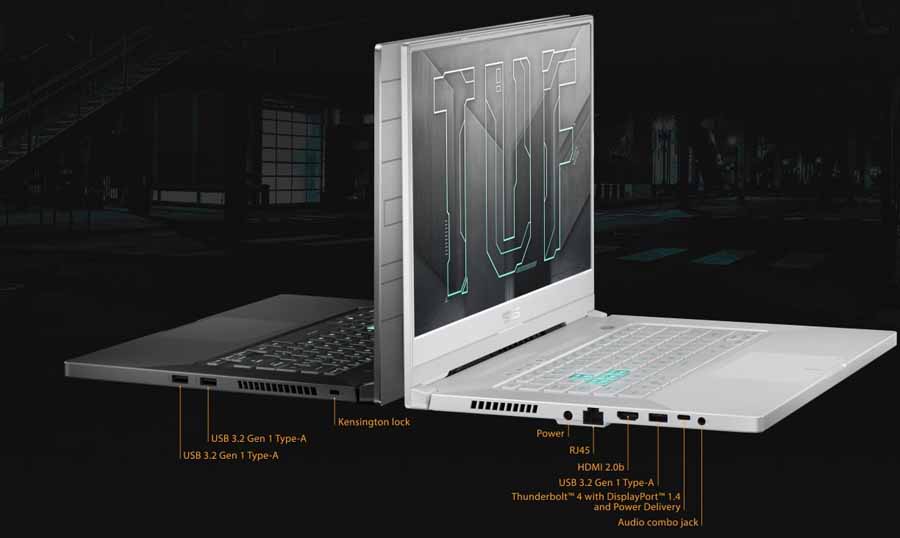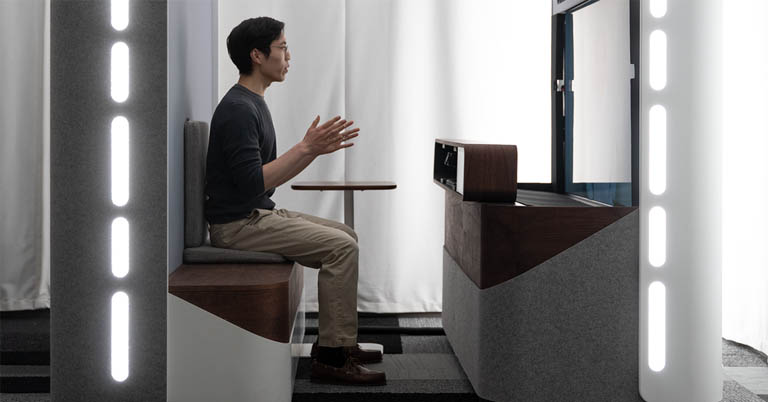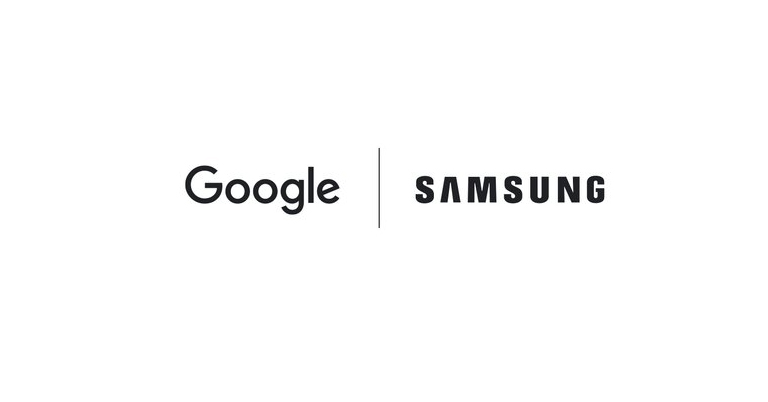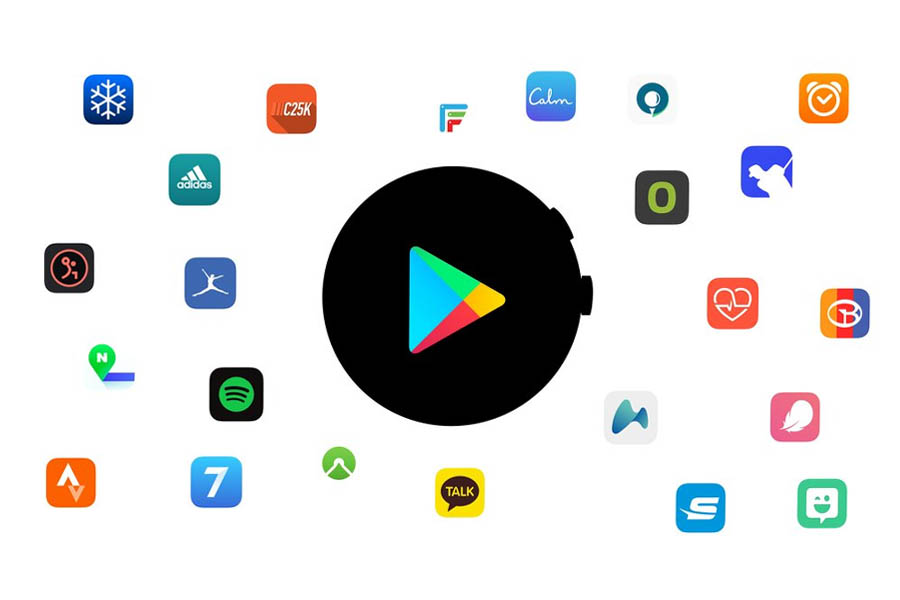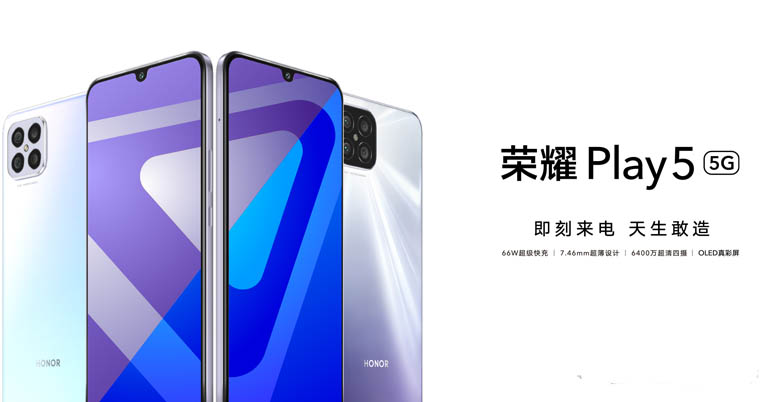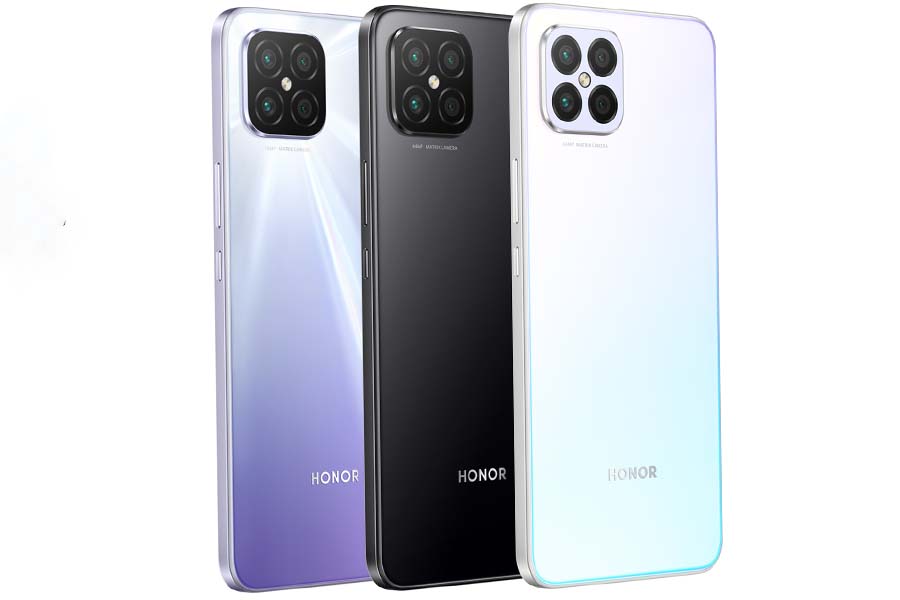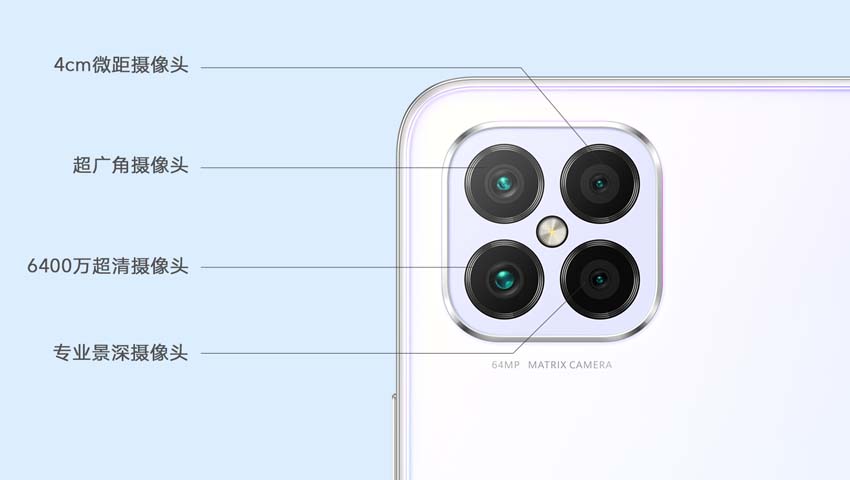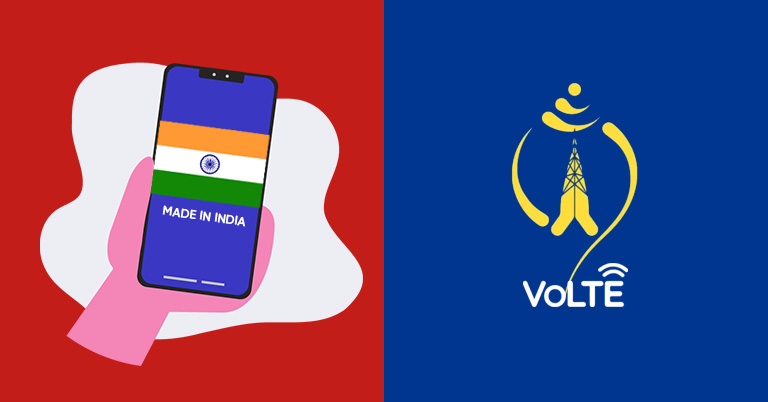Not all smartwatches are built the same. Some prioritize cramming in a horde of features, some favor extensive durability, some prefer a great design, while some achieve to deliver all of these. And Huawei’s latest premium smartwatch almost fits into the last category with its well-rounded qualities. Allow me to discuss more in this review of the Huawei Watch GT 2 Pro.
Huawei Watch GT 2 Pro Specifications:
- Body: 46.7 x 46.7 x 11.4mm, 52 grams (without strap), Titanium case
- Strap: Black fluoroelastomer, Gray-brown leather
- Color options: Nebula Grey, Night Black
- Display: 1.39-inches Always-on AMOLED panel, Sapphire glass
- Resolution: 454 x 454 pixels, 326 PPI
- Water resistance: 5ATM waterproof
- Chipset: Huawei Kirin A1 + STL4R9
- Software: Huawei LiteOS
- Sensors: Accelerometer, Gyro, Geomagnetic, Optical heart rate, Air pressure, GPS + GLONASS + Galileo, NFC
- Storage: 4GB (2GB for music storage), 32MB RAM
- Phone calls: Built-in microphone, speaker
- Sports mode: 100+ sports modes (6 automatic detections)
- Battery: 455mAh cell (Up to 14 days of endurance)
- Charging: Qi Wireless charging
- Companion app: Huawei Health (Android | iOS)
- Price in Nepal: Rs. 34,990
Huawei Watch GT 2 Pro Review:
Design
- Circular dial face, Titanium case
- 22mm leather/fluoroelastomer strap
- 5 ATM (50 meters) water resistance
- Built-in microphone, speaker grille
Starting with the build quality itself, this is where Huawei has brought the most upgrade compared to the standard Watch GT 2. The measly 3D glass is replaced with sapphire glass instead whereas the plastic back and stainless steel case have been substituted with ceramic back and titanium case, respectively. As a result, this is definitely one of the most premium smartwatches that have been on my wrist so far.
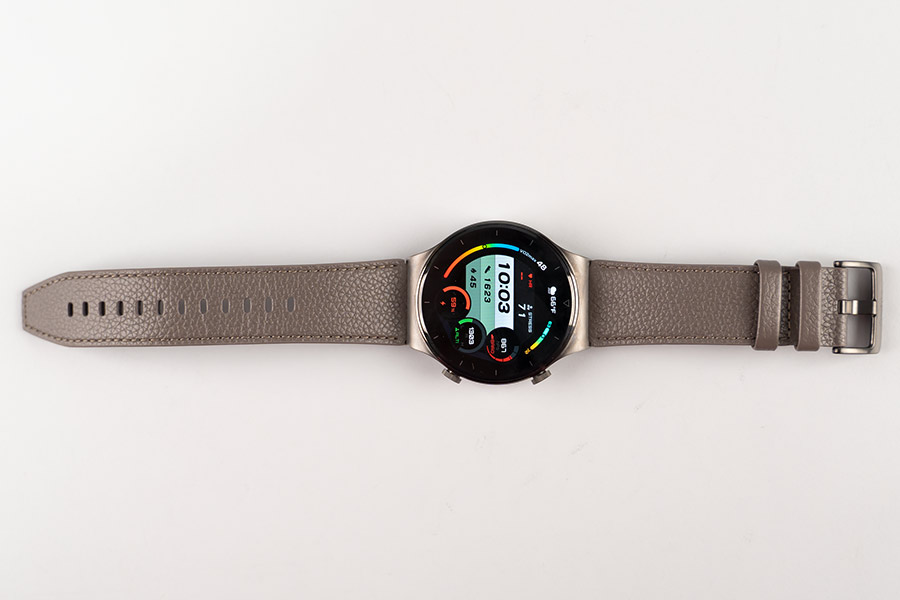
Yet, much to my chagrin, Huawei has dumped the smaller 42mm variant for these smartwatches. Therefore, the only option available option—the 46mm—is a little too bulky for my hand. Weighing around 52 grams without the strap, it’s not the most comfortable thing to put on either. But before we get off on the wrong foot, let me just say that this is totally a subjective opinion and someone else could very easily get used to the Watch GT 2 Pro.
Multiple strap options inside the box
Like always, there are a couple of color options to choose from: Nebula Gray and Night Black. Our review unit of the Huawei GT 2 Pro is the latter. The company also ships two watch straps inside the box and while I thought I’d prefer the leather strap, I ended up finding the fluoroelastomer more comfortable instead.
Interestingly, the back of this strap is soft whereas the front is relatively coarse. Throughout my usage for this review, I haven’t developed any skin irritation, allergy, or similar issues on the Huawei Watch GT 2 Pro, which is great news. But if neither option floats your boat, you can easily swap them out since it takes a universal 22mm strap.
On the right are two buttons—where the one on the bottom is customizable. You can set it to launch a built-in system app or other shortcuts. Similarly, there’s the speaker grille underneath as well while the back of the watch holds the sensor module including the new optical heart rate sensor that supposedly consumes less power compared to its predecessor.
All in all, the Huawei Watch GT 2 Pro is easily the most affordable smartwatch with a truly premium design you could buy right now. Considering how Samsung and Apple’s alternatives with similar build material easily cost more than double of this, Huawei’s excellent delivery of a similar flagship smartwatch experience at a comparatively digestible asking price is commendable.
Display
- 1.39-inches AMOLED, Sapphire glass
- 454 x 454 pixel, 200+ watch faces
On to the display, you have the same 1.39” Always-on AMOLED screen with 454 by 454 resolution as its non-Pro counterpart. But like I mentioned earlier, the company has shifted from the 3D glass material on the Watch GT 2 to sapphire here—making for a pretty durable screen. Likewise, the slightly raised screen has been flattened out too and it’s still void of any Gorilla Glass protection.
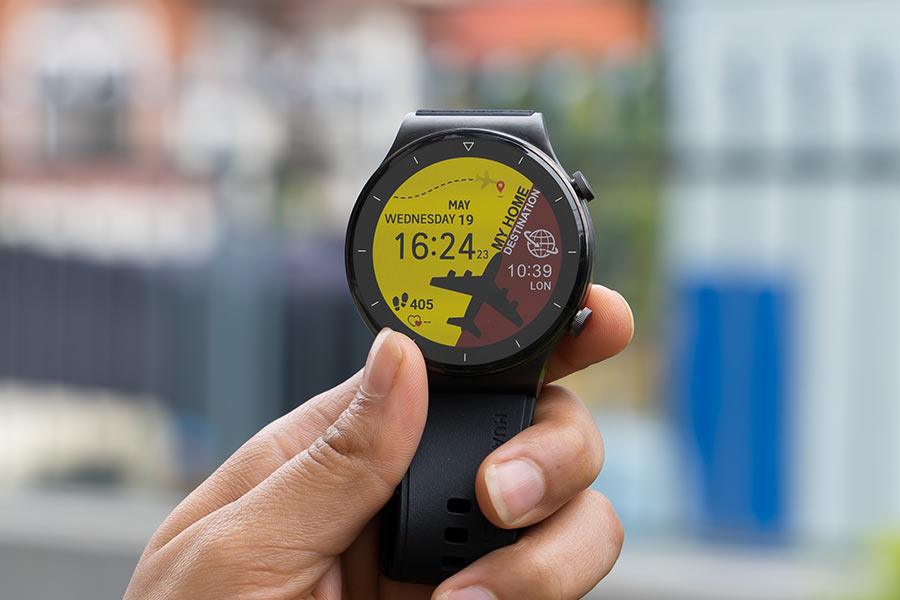
Now, this may invite questions regarding scuffs or scratches over the long run but I wouldn’t worry about it. That’s because sapphire is probably the most durable build material you could have on a smartwatch screen. Ranking 9 on the Mohs hardness scale (out of 10), this sapphire-hardened display will survive even the nastiest of bumps or drops.
Anyway, this AMOLED screen brings pitch-black contrast, excellent colors, and outdoors visibility is of no concern either. Huawei lets you choose from 5 levels of brightness or set it to auto that adjusts illumination level automatically. I found its auto-brightness adjustment to work perfectly fine although the stutter in the switch can be a bit distracting.
For what’s supposedly a premium smartwatch, such inconsistency should’ve been dealt with by now but here we are. But that’s not to say this minor complaint is a dealbreaker in any way.
200+ watch faces
Moving on, Huawei lets you choose from 200+ watch faces here. Thankfully, most of them are pretty well-designed and fitting for GT 2 Pro’s visual aesthetics. The one that spoke to me the most was this BSOD-inspired dial face which might be too nerdy for others. Ever since I discovered this watch face, I’ve been hesitant to switch to something else.
But if you want, you can change the watch face via the companion app or by long-pressing on the homescreen itself. Also, the touch response on this thing is no issue either. The touch and swipe gestures work as they should. Notifications can be accessed with a swipe from the bottom while the top panel holds the basic command center.
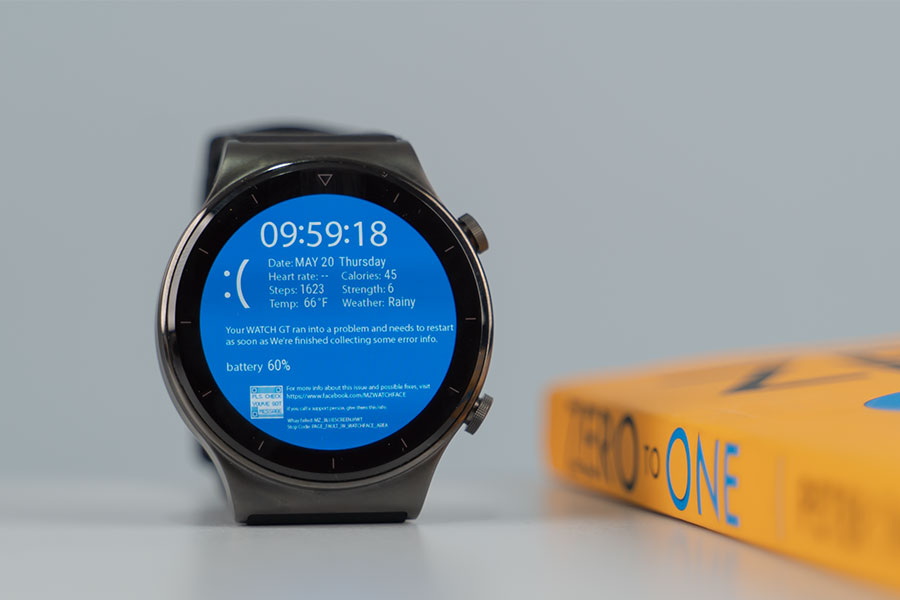
This includes shortcuts to settings, alarms, and a few other menus. Being able to customize them would’ve been great but Huawei doesn’t let you do that yet. Similarly, you can access different apps like heart rate monitoring, stress level, weather, music player with a swipe to the left or right.
Performance
- Huawei Kirin A1 SoC, Lite OS
- 32MB RAM, 4GB internal storage
Running the show is Huawei’s homegrown Kirin A1 chipset and Lite OS. We’d complained about its incompetence in our review of the Honor MagicWatch 2 (which is the exact same as Huawei Watch GT 2). Unfortunately, that critique has lived on to the Watch GT 2 Pro as well. Of course, this under-powerful combo of chipset and operating system has its own perks but I believe the cons outweigh the pros by a big margin.
First off is the aforementioned sluggishness in the UI/UX itself. Considering its premium stature, this should never have been an issue in the first place. Compared to the likes of the Apple Watch Series 6 and the Samsung Galaxy Watch 3, it feels almost amateurish.
With 32MB of RAM and 4GB of storage onboard, ultimately, the Watch GT 2 Pro is not able to compete against the best of the best in terms of performance. Additionally, it doesn’t support any third-party apps either which is a big letdown. You’re gonna have to make do with the ones that come pre-installed.
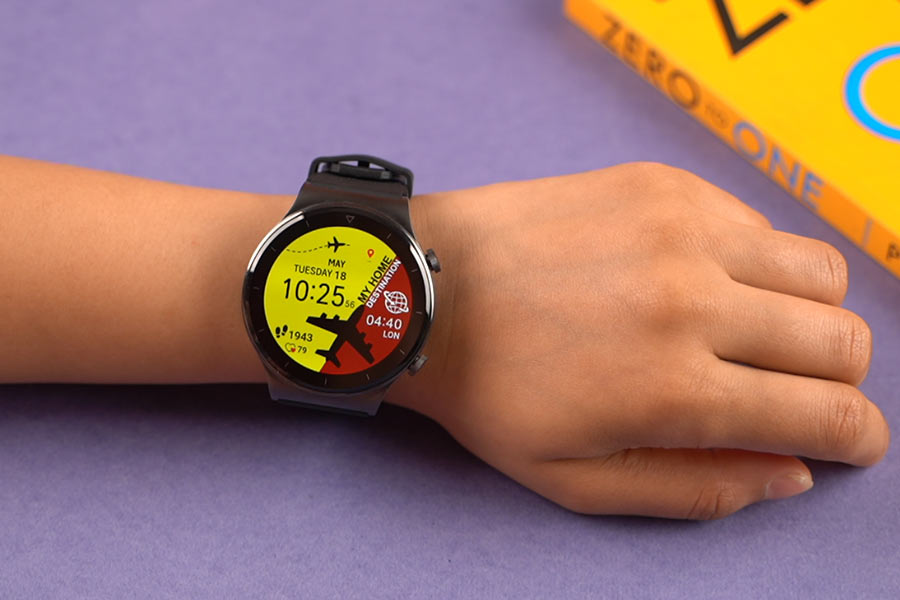
I feel like Huawei could’ve softened the blow a little bit by including Spotify since this smartwatch is capable of a smartphone-free music experience. The thing is, out of the 4GB of internal storage, 2GB has been assigned for offline music storage. Plus, GT 2 Pro can also connect to a pair of Bluetooth earbuds/headphones.
Non-actionable notifications
Moreover, incoming notifications aren’t actionable on this smartwatch either. While their delivery is quick enough, if you need to reply to messages or perform other quick actions, you will have to reach for your phone—with the only exception being phone calls. It lets you pick up or make calls from the watch itself and the call quality itself is fantastic.
The audio output from the speakers is loud enough and impressively clear—some of the best I’ve seen on a smartwatch so far. To configure the watch settings or view your health stats, the Watch GT 2 Pro syncs to the Huawei Health app for which you’ll need to sign in with a Huawei account.
From switching watch faces, uploading music files, changing settings, updating firmware, to viewing your workout records in detail—it all happens here.
Surprisingly, the music transfer is way faster here compared to how it was on the Honor MagicWatch 2. Anyway, all the data are presented in an easy-to-understand UI. The dashboard gives you a quick look at your recent health data while selecting individual menus offers more in-depth insight.
Health, Fitness Tracking
- 100+ workout modes with automatic detection of 6
- Blood oxygen, built-in GPS, heart-rate monitoring
On to the fitness tracking side of things, the Huawei Watch GT 2 Pro comes loaded with over 100 workout modes. The company also says this smartwatch can automatically detect six workouts including walking, running, elliptical, etc. But, I struggled triggering it more than once. Slow-paced walks are a no-go for GT 2 Pro’s automatic workout detection algorithm.
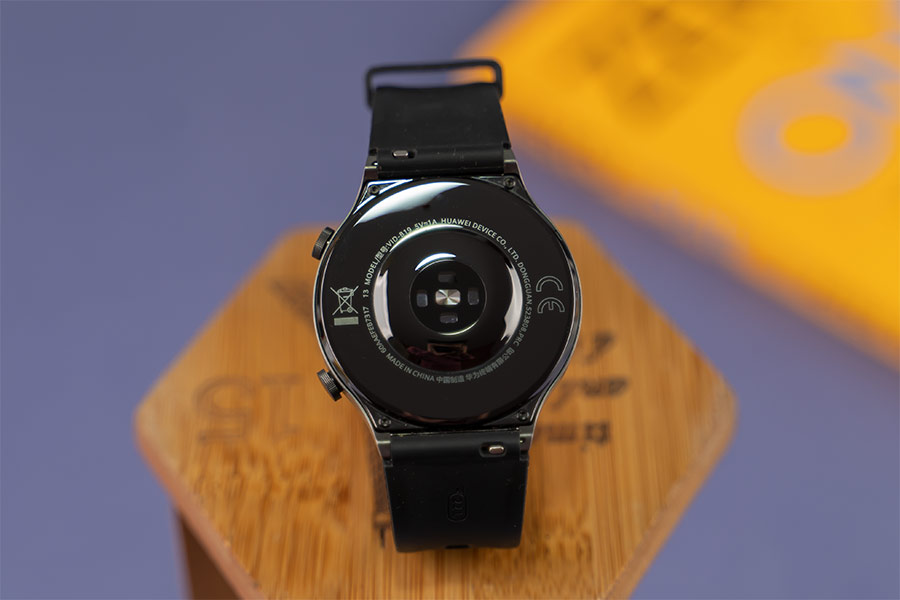
Regardless, the 100+ exercise modes include rowing, surfing, skiing, and even golfing. Besides this, it supports blood oxygen, continuous heart rate, stress, and sleep monitoring too. Even though Huawei had promised continuous SpO2 monitoring with a firmware update, it’s a no show yet which is another disappointment.
Nightly blood oxygen tracking is such a critical and useful feature to have in these trying times. And seeing Huawei let us down on this front is just clumsy on the company’s part.
[Update: Turns out, Huawei hasn’t updated its apps in Google Play Store in a long time. So, after downloading the latest version of Huawei Health from the AppGallery, continuous SpO2 monitoring is available on Watch GT 2 Pro.]
Nevertheless, I’m quite impressed with its sleep monitoring feature. It got my time to bed and time I got up right every time.
Like every other smartwatch, it also rates your sleep quality out of 100. You can check your sleep cycle’s different categories including deep sleep, light sleep, REM sleep, and awake time on the Huawei Health app.
I found its stress monitoring to be pretty accurate too—but only after first calibrating it following a couple of questions.
Define your heart
Before this, the Watch GT 2 Pro continuously graphed my stress levels between medium and high when that was simply not the case. Moving on, its continuous heart rate monitoring feature even lets you send alerts in case of any irregular measurement.
You can also set custom values for different heart-rate zones like aerobics, anaerobic, fat burning, etc. depending on your health condition. Nice. To help you relax, it supports breathing exercises as well.
Here, you can trigger the workout menu by pressing the top button. Its 5 ATM water resistance has been complemented by the ability to track your swimming exercise as well. And just like Samsung’s Galaxy Watch series, there’s a feature to drain water from the watch; although you’re still advised to dry off with a piece of cloth too. Nonetheless, GT 2 Pro’s built-in GPS helps you trail your workout routes without requiring a navigation signal from your smartphone.
Built-in GPS
Yet, it doesn’t work perfectly. First off, even when I was in an open space, the watch took at least a couple of minutes to latch on to a GPS signal almost all the time. Plus, how it doesn’t let you start (almost every) outdoor workouts without first locking to a GPS signal is super annoying. But when it eventually does, I found its navigational skills to be quite accurate.
Yes, it still struggles when you’re in a relatively congested environment, and compared to something like the Amazfit T-Rex or the Samsung Galaxy Watch 3, its GPS is relatively unreliable. Huawei has also introduced something called “Route Back”. This feature promises to navigate you your way back to the starting point of the workout.
Yet, that’s been a hit-and-miss during my usage. Even when I was in an open space (as demanded) with the watch locked to a GPS signal, the location pin icon in the watch didn’t shift as much based on my relative position. For instance, although I took a 360-turn, the route back navigation system failed to direct my way back accordingly.
Additionally, its UI is unnecessarily simple too—one that wouldn’t bode well in the streets of Kathmandu. It’s as if this interface doesn’t account for buildings, junctions, and similar small turns on the road. There’s also a voice guide to assist in your workouts. From announcing different milestones throughout your exercise to alerting you of any triggers you’ve set for the workout, I’m pretty fond of this feature.
And like I said earlier, you can listen to music during your workout sessions by connecting to a pair of Bluetooth earbuds too. So, from built-in GPS to offline music playback, the Huawei Watch GT 2 Pro delivers a truly smartphone-less exercise experience.
Battery
- 455mAh battery (Up to 14 days)
- Qi Wireless charging certified
Featuring the same 455mAh battery as the Watch GT 2, the company promises up to 14 days of battery life here. That is an excellent number for a smartwatch; considering how Apple and Samsung’s best struggle to go on two days without having to juice it up.
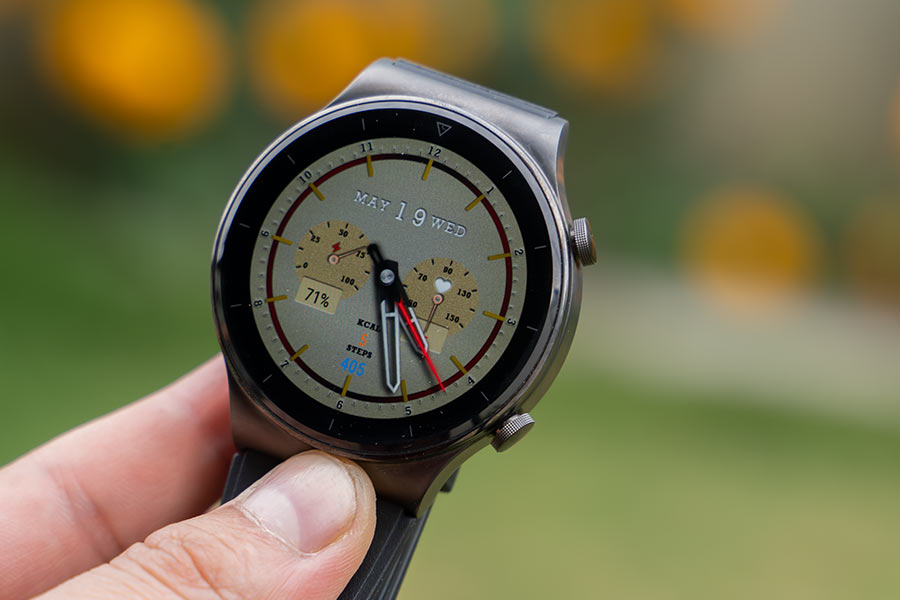
But let me once again remind you that the Watch GT 2 Pro is simply not on the same playing field as its prime competition. Anyway, with brightness set to auto, an hour or so of GPS usage, alongside continuous heart rate monitoring turned on, I managed to get about 10 days of battery life here.
Filling up the battery from 0 to 100% takes around 1 hour and 13 minutes. Huawei also says 5 minutes of charge gives you 10 hours of battery life. More importantly, the GT 2 Pro now supports Qi wireless charging, unlike its non-Pro sibling. While you’ll be able to fill up the battery using any Qi-certified wireless charger, in terms of smartphones, it only works on the ones from Huawei that support reverse wireless charging.
Conclusion
Wrapping up this review of the Watch GT 2 Pro, Huawei is offering a luxurious build quality with this smartwatch. The classic circular dial has been molded from high-end materials like titanium, ceramic, and sapphire. So, if you want your smartwatch to double as a fashion accessory that blends into any setting; one that also offers a terrific battery life, this is almost a no-brainer.
Yet, its under-powerful overall performance, lack of third-party app support, and other limitations hesitate us from recommending the GT 2 Pro to those looking for a top-notch full-fledged smartwatch.
Huawei Watch GT 2 Pro Review: Pros & Cons
Pros:
- Premium, luxurious build quality
- Bright, vibrant AMOLED display
- Accurate heart rate, sleep tracking
- Built-in GPS works well enough
- Terrific phone call quality
- Offline music storage feature
- Great battery life, wireless charging
Cons:
- Only available in 46mm option
- UI/UX feels quite stuttery
- Route Back feature needs work
- Non-actionable notifications
- No third-party app support
